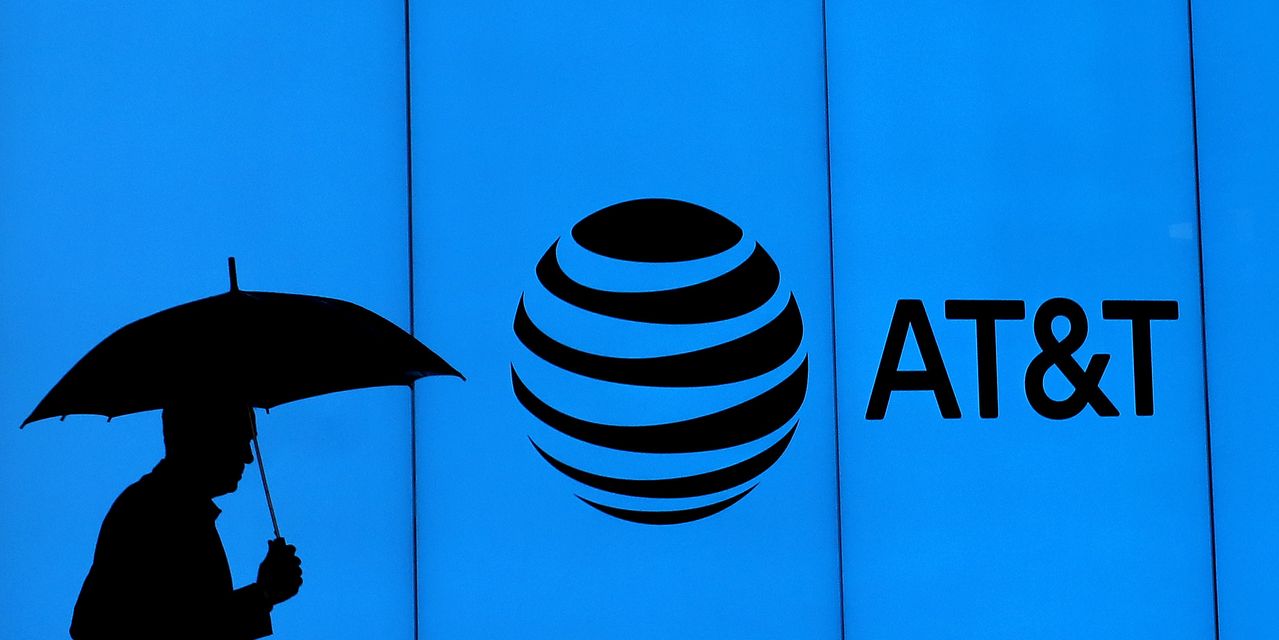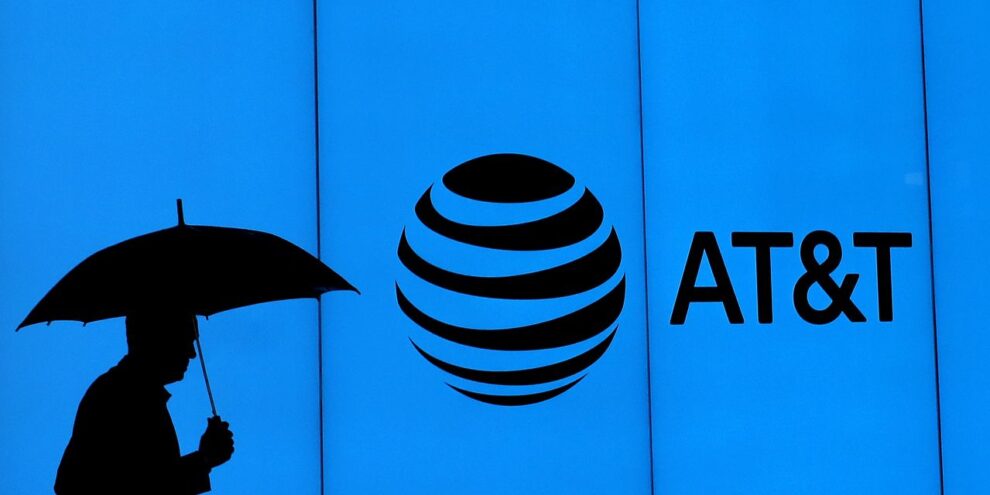
AT&T Inc. is at the beginning of a pivotal year as it tries to navigate the pandemic and beyond.
With its business under pressure amid the COVID-19 pandemic, the company has made big moves that could alter its future. AT&T’s T, +0.35% Warner Bros. film studio was arguably the most aggressive in moving films to its streaming platform, and the company is expected to have spent heavily at a recent wireless spectrum auction that was crucial to defining the 5G landscape.
Though AT&T’s wireless business has held up during the pandemic, its various media segments have faced more challenges. Theater closures have hurt the film business, while a more limited slate of live television programming has increased the subscriber erosion at DirecTV.
AT&T’s Warner Bros. is turning to streaming as a way to cope with an uncertain near-term future for the film industry, as it remains to be seen when theaters will be able to open at significant capacity. The company plans to release 17 movies from its 2021 slate directly to its HBO Max streaming service on the date they premiere in theaters, and subscribers will be able to watch them there for 30 days at no additional cost before Warner Bros. reverts back to exclusive windows for the films.
The move has been controversial on Wall Street, especially as peers Walt Disney Co. DIS, +0.88% and Comcast Corp. CMCSA, -0.92% have taken more measured approaches with their moves to streaming. Though Warner Bros. has billed this strategy as a one-time deal amid the pandemic, some worry about the economics of the arrangement and the impact it could have on the ability of Warner Bros. to attract top theatrical talent. Others praise the move as a bold step that could bolster AT&T’s position in streaming more broadly.
Investors will hear more about this strategy when AT&T reports results Wednesday morning, and they’ll get Comcast executives’ perspective in its earnings report a day later.
The other big issue for AT&T is how it will position itself in wireless as the big U.S. carriers continue their 5G rollouts. The wireless business remains the brightest segment within AT&T and despite a recent and costly move to diversify into media, the company also is under pressure to invest enough in the wireless business to keep it competitive.
That makes the recent spectrum auction all the more crucial. Though the individual results of the auction aren’t yet public, telecommunications companies spent a record $81 billion on C-band spectrum necessary to power well-functioning 5G networks. T-Mobile US Inc. TMUS, -0.03% already had some C-band spectrum heading into the auction, but shares of AT&T and Verizon Communications Inc. VZ, +0.35% have come under pressure recently on the expectation that both companies had to spend handsomely to acquire C-band spectrum at far higher prices than many originally anticipated.
“This issue is more acute at AT&T because of its higher leverage, especially adjusted for pension and other financial liabilities,” wrote Bernstein analyst Peter Supino.
Management teams may not be very willing to share information with the auction results not yet completed, but investors could get some clues from AT&T’s earnings call, as well as Verizon’s on Tuesday.
What to expect
Earnings: Analysts surveyed by FactSet expect that AT&T posted adjusted earnings per share of 73 cents, down from 89 cents a year earlier. At Estimize, which crowdsources projections from hedge funds, academics and others, the average estimate calls for 75 cents.
Revenue: The FactSet consensus models $44.5 billion in fourth-quarter sales for AT&T, below the $46.8 billion it reported a year prior. Those on Estimize project $44.7 billion on average.
Stock movement: AT&T shares have risen following just three of the company’s last 10 earnings reports. The stock is down 25% over a 12-month span, as the S&P 500 SPX, -0.30% has gained 16%.
Of the 29 analyst tracked by FactSet who cover AT&T’s stock, seven have buy ratings, 17 have hold ratings, and five have sell ratings, with an average price target of $30.71.
What analysts are saying
Netflix Inc. NFLX, -2.53% and Disney are both seeing surging growth for their streaming businesses, and Wells Fargo analyst Eric Luebchow writes: “Will ’21 Be the Year of HBO Max?”
He expects that HBO could exceed 43 million subscribers by the end of the year, though he sees longer-term risk to churn given that many subscribers could be coming just for the purpose of watching same-day film releases before quickly canceling their plans.
“While slating a year full of movies will mitigate some of the short-term churn risk (those who joined for WW84 may want to stick around for spring or summer movie releases before dropping the platform), we expect to see incremental churn towards the back half of 2021 and into 2022,” he wrote, while maintaining an underweight rating on the stock.
AT&T’s fourth-quarter results could be “unimpressive,” according to Raymond James analyst Frank Louthan, “between a whopper of a C-Band bill and pressures from the iPhone launch and marketing.”
Still, he’s feeling newly optimistic about AT&T’s stock given the potential for HBO Max, which has picked up some distributions wins that he said could help fuel subscriber momentum. Louthan recently upgraded AT&T’s stock to outperform from market perform and set a $32 price target.
AT&T’s promotional strategy has been of keen interest in the wake of Apple Inc.’s AAPL, +1.61% iPhone launch, but Bernstein’s Supino suggests there may be a sense of calm across the industry.
“Stepping back, we notice that [average revenue per user] seems stable despite the passing of two potential competitive trigger points – the [T-Mobile/Sprint] merger and the 5G iPhone,” he wrote. “We continue to see industry incentives supporting relatively stable pricing.”
Supino has a market perform rating and $32 price target on AT&T’s stock.









